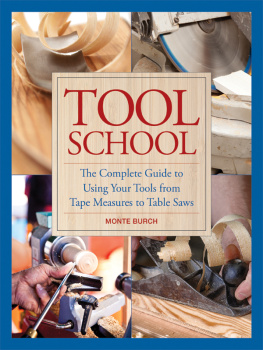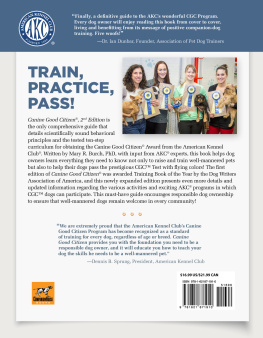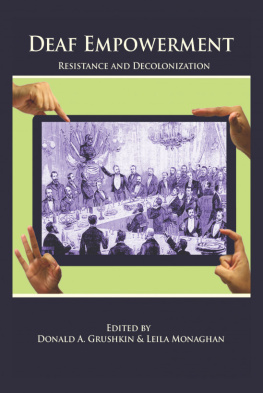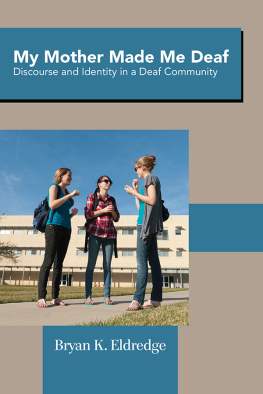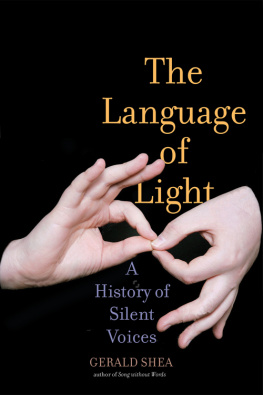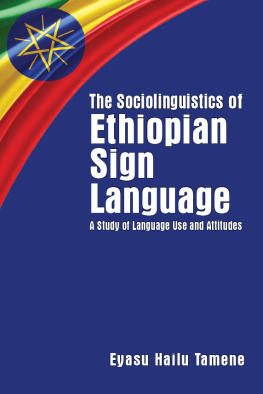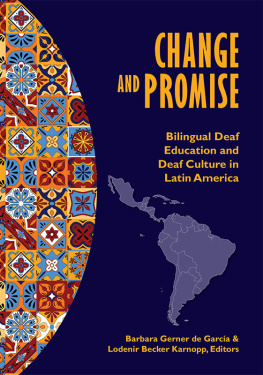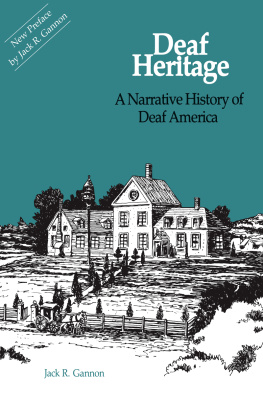Thank you for buying this ebook, published by NYU Press.
Sign up for our e-newsletters to receive information about forthcoming books, special discounts, and more!
Sign Up!
About NYU Press
A publisher of original scholarship since its founding in 1916, New York University Press Produces more than 100 new books each year, with a backlist of 3,000 titles in print. Working across the humanities and social sciences, NYU Press has award-winning lists in sociology, law, cultural and American studies, religion, American history, anthropology, politics, criminology, media and communication, literary studies, and psychology.
Signs of Resistance
The History of Disability Series
GENERAL EDITORS: Paul K. Longmore and Lauri Umansky
The New Disability History: American Perspectives
Edited by Paul K. Longmore and Lauri Umansky
Reflections on the Physical and Moral Condition of the Blind: The Life and Writings
of a Young Blind Woman in Post-revolutionary France
Catherine J. Kudlick and Zina Weygand
Signs of Resistance: American Deaf Cultural History, 1900 to World War II
Susan Burch
Signs of Resistance
American Deaf Cultural History,
1900 to World War II
Susan Burch

NEW YORK UNIVERSITY PRESS
New York and London
2002 by New York University
All rights reserved
Library of Congress Cataloging-in-Publication Data
Burch, Susan. Signs of resistance. :
American deaf cultural history, 1900 to World War II / Susan Burch.
p. cm. (The history of disability series)
Includes bibliographical references and index.
ISBN 0-8147-9891-8 (cloth : alk. paper)
1. DeafUnited StatesHistory20th century. I. Title. II. Series.
HV2530.B87 2002
305.908162097309041dc21 2002007720
New York University Press books are printed on acid-free paper,
and their binding materials are chosen for strength and durability.
Manufactured in the United States of America
10 9 8 7 6 5 4 3 2 1
Contents
Acknowledgments
There are many individuals and institutions to thank for helping me complete this work. I am deeply indebted to my editors, Paul Longmore and Lauri Umansky, whose excellence as scholars and advisors greatly improved the caliber of this book. I also want to thank New York University Press for its commitment to Disability history. The foundation of this book came from my doctoral research, and I am grateful to my mentors: Dorothy Brown and Ronald M. Johnson, at Georgetown University, and John Van Cleve, from Gallaudet University. Professor Emeritus John S. Schuchman, at Gallaudet, also provided sage advice and dance tips. Much of my documentation came from the collections at Gallaudet University. I would like particularly to thank Ulf Hedberg, and Michael Olson, especially for watching the Deaf films with me. Drew Budai and Colleen Callahan also helped locate materials and photographs. Special appreciation is extended to Susan Davis and her capable staff in the university library. Jim Dellon, Barry White, and other members in the Television, Photography, and Film Department graciously loaned equipment, rooms, and technicians to conduct interviews.
I am blessed with good friends and colleagues in the History and Government Department at Gallaudet. Their patience, good humor, and sincere interest in Deaf history made the process of research and writing exciting and worthwhile. My chairman, Russell Olson, and professors Donna Ryan, Barry Bergen, and David Penna deserve special recognition in this regard. My students added meaning to the work as well, and their interest in this research sparked new discussions and ideas.
Many people read part or all of this work. I thank Brenda Jo Brueggemann, Hannah Joyner, Jon Enriquez, Jennifer Smith, Martha Ross, and Bobby Buchanan for their gentle guidance and keen insights. Nicole R. Klungle and Justin Hoffman offered additional editorial assistance with early drafts, and their critiques surpassed my expectations. David Myers thought of excellent titles and subtitles for this book. Michael Stein helped me better understand legal history, and Wendy Kline and Cathy Kudlick expanded my understanding of broader Disability history.
Generous grants allowed me to travel to various states in order to collect local Deaf histories and to conduct interviews. Several sectors at Gallaudet University merit appreciation: the Laurent Clerc Cultural Fund, Gallaudet University Encyclopedia Fund, and the Graduate Research Institute. Members from the National Fraternal Society for the Deaf, National Black Deaf Advocates, Deaf Women United, the National Association of the Deaf, Jewish Deaf Congress, and the Volta Bureau helped me track down crucial information. I am grateful to John Wasson, Helen Hinn, Marshall Smith, and Richard Reed for their assistance as well. Archivists from the state schools for the deaf, especially those in Kansas, California (Fremont), Colorado, New Mexico, North Carolina (Morganton), Missouri, and Minnesota provided valuable documents.
I owe a special thanks to the Deaf people and their families, many of whose names appear in the documentation, and for those who asked to remain anonymous. They donated their time and memories to this project, providing the most exciting color to the research. Of particular inspiration is Jack Gannon.
My eternal gratitude goes to friends and family whose patience was tried throughout this process. I particularly want to acknowledge Barrie Magee and Karla and Joyce Markendorf for giving me homes away from home. Thanks, too, to Ian M. Sutherland for abducting me to museums.
This book is dedicated with love to my grandparents, Frank and Bertha Burch, and to Samantha and Lauren Magee.
Abbreviations Frequently Used
| AAD | American Annals of the Deaf |
| ADC | American Deaf Citizen |
| AGB | Alexander Graham Bell |
| BMS | Ben M. Showe |
| CAID | Convention of American Instructors of the Deaf |
| CEASD | Conference of Executives of American School for the Deaf |
| CODA | Children of Deaf Adults |
| DMJ | Deaf Mutes Journal |
| Digest | Digest of the Deaf |
| EMG | Edward Miner Gallaudet |
| GUA | Gallaudet University Archives, Washington, DC |
| JD | The Jewish Deaf |
| NAD | National Association of the Deaf |
| NFSD | National Fraternal Society of the Deaf |
| NYJD | New York Journal of the Deaf |
| PSAD | Pennsylvania Society for the Advancement of the Deaf |
| SW | Silent Worker |
| SWJD | Society for the Welfare of the Jewish Deaf |
| TLA | Tom L. Anderson |
| WPA | Works Progress Administration |
Introduction
This book reexamines U.S. social history from 1900 to the Second World War through the experiences of an often overlooked minoritythe Deaf community. The relationship between Deaf citizens and mainstream society highlights important conflicts over the concepts of normality, citizenship, culture, and disability. This study emphasizes Deaf peoples self-advocacy in the face of intense Americanization campaigns that sought to assimilate and acculturate them to the majority hearing society.
Next page

